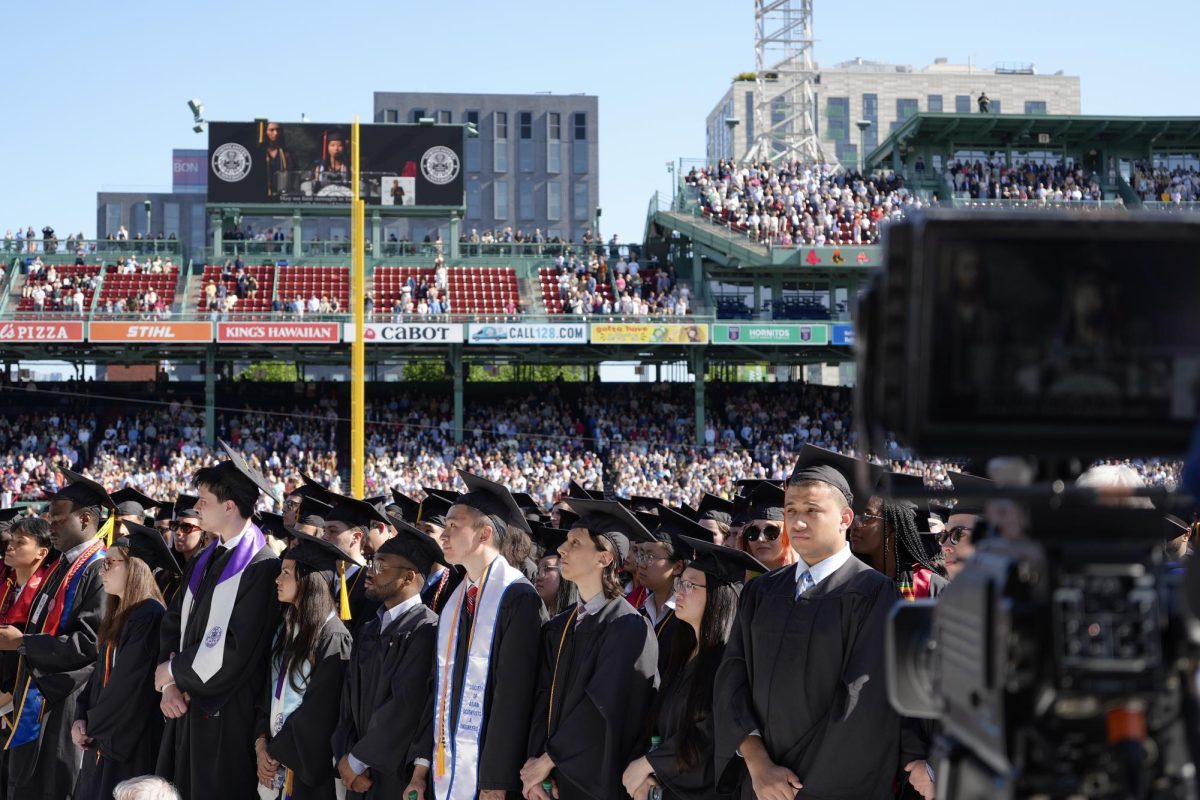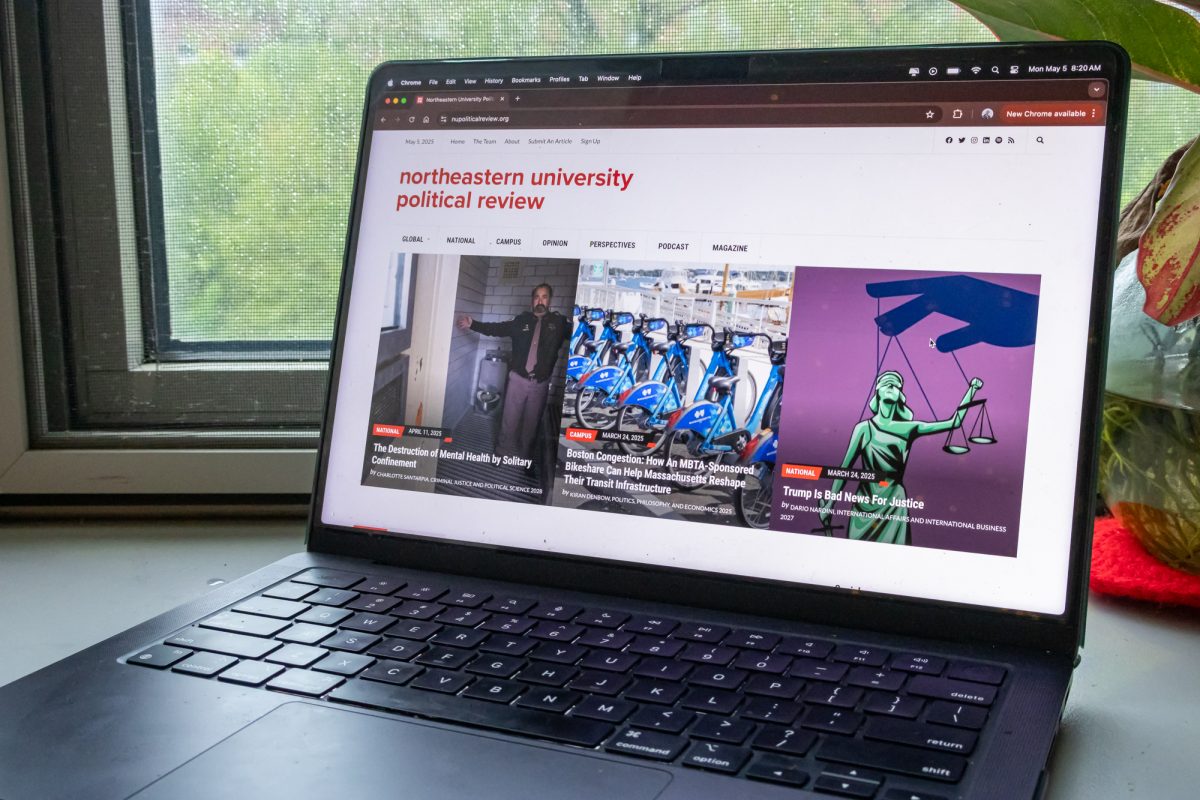For most of my time in college, I believed that taking gap years as a pre-med student would break my career. I thought they were for individuals lacking in some area of their application or those who cracked under pressure and couldn’t handle the workload of a pre-med student.
Not me. Or so I thought.
Choosing the pre-med path had always been the obvious choice for me. For as long as I can remember, I was enchanted by the pristine white coats, hefty salary and the nods of approval I’d get for saying that I was a doctor. All glamour aside, though, choosing the medical school route is like marrying a difficult spouse — you need to truly love this profession to continue onward.
In turn, taking a gap year is the opportune time to concretely decide whether this is the path for you.
While others may deem a gap year as isolating and a somewhat lonely experience, it doesn’t have to be. After graduation, there are pre-med students who end up transitioning from undergrad directly into medical school, and it’s simply chaos — two-hour lectures covering four to five weeks of content taught in college with no time to catch a breath.
A gap year serves as an opportunity to pull students away from the rat race that is medical school, giving people more time to focus on their individual journeys — devoid of any distractions from fellow peers. Compared to the medical school environment, a gap year enables an individual greater autonomy over daily activities, which frees up space to engage in various patient-facing roles such as shadowing, working as a medical scribe or helping out with patient transport across departments.
Through these experiences, some may realize they can’t stand the stench of blood, rubbing alcohol or fecal matter and veer away from medicine altogether. Conversely, others may emerge from their gap year realizing there’s nothing they’d rather do more than become a physician.
I know someone who took four gap years teaching high school chemistry in an underserved community in Los Angeles. Due to the short attention spans that students tend to have, making the class content more engaging and interesting allowed her to rekindle the love she had for the field of science — ultimately affirming her decision to become a doctor. The lesson here is that you never know what you’ll get out of this serendipitous experience.
As many know, the stringent requirements of medical school demand a well-rounded student with a minimum of 100 to 400 hours of research, volunteering and clinical work experience. Numerous pre-med friends I’ve talked to have expressed similar sentiments in feeling rushed throughout their undergraduate careers, having to juggle so many moving pieces. One particular extracurricular pillar worth highlighting is research — an unspoken requirement that is highly valued by MD programs across the country.
Despite the whopping 37 interdisciplinary research centers scattered across Northeastern, working in a lab is not as easy as it looks. Typically, undergraduate research assistants stay for years at a time, which results in a limited number of spots available that often don’t take into consideration even the most qualified of applicants. Furthermore, students must demonstrate a level of proactivity in seeking out these opportunities — whether it be cold emailing 50-plus labs at a time or engaging in face-to-face interviews, which are actions that not everyone is open to, nor even thinks of.
A mentor of mine who recently graduated from Northeastern is spending her gap year engaging in lung transplantation research at the University of Pennsylvania. She relishes every moment of this opportunity and spends innumerable hours shadowing surgeries and building connections with esteemed surgeons. According to her, students within this program are guaranteed to receive publication credit, which is the ultimate feather of achievement in the pre-med cap.
Her experience highlights the immense value a gap year can offer. Whether you’re seeking to gain a clearer sense of direction regarding your future career or looking to amass experience in a particular area within medicine — take a gap year and kill two birds with one stone.
While many undergraduates wistfully dream of bucket-list adventures they don’t have time to pursue, a gap year can provide the chance to live life to the fullest — while also regaining your mental well-being. Unsurprisingly, 42.6% of first-year medical school students experience burnout, and who can blame them? I sincerely doubt that a short summer break is enough to recover from the hellish semesters packed with all-nighters and an insurmountable course load.e
In truth, sustained stress isn’t something we can keep pushing under the rug, no matter how commonplace it seems. Whether it be chronic insomnia, depression or anxiety disorders, bigger health issues will inevitably emerge. Taking a gap year enables the individual time to recharge their broken battery and come back with increased mental stability. In fact, studies show that medical students who set aside this time exhibit better emotional regulation and greater stress resilience.
An aspiring physician and close friend of mine would always remark that the road to being a doctor is already too long as it is. Plus, you’re late to many significant milestones in life — whether that be getting a job, buying a house or starting a family. While this may be true, a gap year serves to help, not harm you. I sincerely doubt that setting aside a year to focus on self-improvement will irreversibly dampen one’s quality of life.
After all, sacrifice is inevitable when pursuing this particular career path. Even so, these difficulties come hand in hand with a sense of fulfillment in knowing you are playing a direct role in alleviating another person’s pain.
If used effectively, a gap year serves as a doorway to self-discovery and a chance to prepare oneself adequately for a spectacular career in medicine. If we don’t try, we’ll never know.
Mikayla Tsai is a third-year behavioral neuroscience major and columnist for The News. She can be reached at tsai.mik@northeastern.edu


















